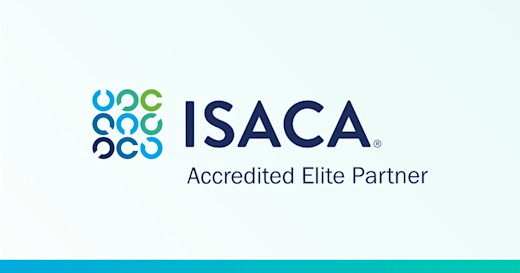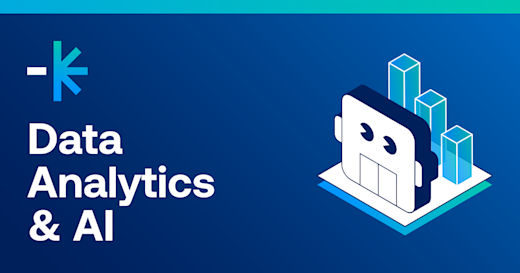Got a question? Call 02 8286 9429 | Login
Traditional IT settings would often see their data stored in a large, centralised room filled with physical servers, devices and machines. Workers would be tethered to their office desktops to merely access company files, with applications manually installed and maintained on each individual computer.
Since the advent of the cloud – such burdens are lifted from the modern workplace.
Cloud computing is the process of outsourcing one’s data storage and software to an online platform. Such digital services have eliminated business expenses on physical infrastructure, additional IT support, and limited geographical access; allowing more efficient, innovative company operations.
Its advantages are plenty, with 42% of Australian businesses currently paying for such services.
But how exactly does cloud computing work, and how does one integrate in their plans for business growth?
Types of cloud computing services
Cloud services can be delivered in one of three ways, depending on your needs or the location of resources. These three sub-categories are as follows:
Public cloud: Public cloud platforms are available to the general users, with resources accessible over public networks. These services eliminate one’s need to invest in additional hardware, software, or supporting infrastructure – often provided and managed by the vendors themselves.
Private cloud: In contrast, private cloud platforms are used by single organisations, managed by internal teams or third parties. These environments often hold sensitive data or applications regulated by the enterprise.
Hybrid cloud: A hybrid cloud environment combines features of both public and private cloud services. This integration is a common choice among companies (74% of enterprises have reportedly adopted a hybrid cloud strategy), who typically require management of both private and publicly accessible resources. Having public cloud services in addition to a private cloud foundation can also offer more capacity during times of peak use.
Along with its main forms of delivery, cloud computing can further be categorised into three major services:
Infrastructure as a Service (IaaS): known as cloud computing in its most basic form, IaaS offers the fundamentals of one’s computing infrastructure, including data storage, networking, and server space.
Platform as a Service (PaaS): a cloud computing service that offers users an online environment for application development, deployment, and updating.
Software as a Service (SaaS): using applications (such as word processors or spreadsheets) based on the cloud. This service offers greater data security (in the event of a hardware crash) and keeps information readily accessible from any connected computer.
The benefits of cloud computing
With this year’s global cloud computing expenses estimated to reach over $206 billion worldwide – what’s all the hype about, exactly?
Cloud services offer a far more efficient, convenient alternative to that of traditional data centres and conventional hardware and software investments.
To start, the cloud eliminates the need for costly storage equipment (and its corresponding software), along with hiring the right experts to install and maintain such technology. Its IaaS features offers everything you need for data management and maintenance; additionally providing automated updates and flexible scalability.
Its scalable benefits enable users to plan for business growth accordingly, upgrading (or scaling down) features and storage space as necessary. This means your company only pays for the services it needs at a given time.
Providers often manage the platforms themselves, relieving the burden on your internal IT staff (and removing the need for extra technical hands) – increasing business productivity by up to 47%.
Because the cloud is internet-based, connected users have access to its resources anytime, anywhere. This convenience helps streamline collaboration among teams and increases mobility among workers; allowing them to work from home or on the field. Its PaaS features also enables smoother, innovative program development without the need for costly infrastructure.
Finally, moving your data to the cloud effectively secures it in the event of hardware theft, damage, or failure. Additionally, users can choose to remotely wipe such information in the case of lost devices or a breach.
The risks of cloud computing (and how to mitigate them)
Though it offers plenty of business benefits, cloud users are still advised to be wary of potential risks.
These include concerns around cybersecurity; with digital crimes growing in prevalence by the day (costing the nation up to $1 billion annually), users must remain vigilant of sensitive data they store on the cloud. While cloud platforms reduce the risk of hardware theft, online breaches through malware, ransomware, and phishing tactics can still take place.
Additionally, hosting your data with service providers involves lending over some control of your information. Any cautious user may not feel too confident in sharing their private data with a third party.
Then, there’s the reliability of vendors. Poor service providers may not have quality maintenance over their platforms, leaving weak security safeguards and causing frequent loss of connectivity. Their disaster recovery capabilities may not also be up-to-standard, prompting further business losses in the event of a breach.
Preventing such circumstances involves thorough research and attention to detail. Be sure to examine the history, reputation, and capabilities of your vendor before committing to them. Have a clear understanding of the cloud controls they’re responsible for, and those under your supervision.
Ensure they also have quality protocols in place for maintaining strong data security, connectivity, and disaster recovery plans.
If it helps, you can also consider having a third party audit your cloud providers, ensuring they comply with your industry’s security standards. End-to-end encryption is also a common solution among users to minimise the risk of a data breach.
Of course, do your part in updating in-house software and operating systems. Outdated applications can put you at greater risk of a compromise, despite the above safeguards.
How to move your business to the cloud
Transitioning to the cloud helps you save time, money, and resources in the long run – so how do you start the migration process?
Firstly, it’s important to establish your goals for this change and the extra help you may need to achieve it. Will it help you save costs? Can it help streamline operations? Be sure to examine your workloads to determine what’s already on the cloud, which ones qualify for the transition, and which ones should stay on company premises.
Then, look into IT experts or developers to assist in the migration. This places the process into the right, knowledgeable hands – and offers workers someone to turn to when problems or questions arise. Of course, it would help to train yourself in the basics of cloud computing, painting a clear picture of how it works and the controls under your belt. Corporate training providers, such as DDLS, offer courses on cloud computing applications and how to optimise them for your business.
Finally, familiarise yourself with the security implications, and have proper configurations in place. Be sure to adopt best security practices for keeping online data protected, and train your workers to the same standard.
Embrace innovation with DDLS
Why wait to make your move to the cloud? Statistics show that 83% of enterprise workloads will be on the cloud by 2020; and given its ability to cut costs, increase productivity, and improve collaboration among workers – be sure your business doesn’t fall behind.
We’re Australia’s largest provider of corporate IT training courses, with plenty offered on cloud-based technologies.
Those looking to understand the benefits of cloud computing, how to mitigate platform risks and the process of cloud adoption can undertake our three-day Cloud Technology Associate course – leaving you well-versed in operating and implementing such services upon completion.
Additionally, we also offers a variety of cloud management courses for those interested in the back-end development and administration of such platforms. Access our EBook on cloud computing to learn more.
Lead the digital future of your business – and enquire with us or check out our range of cloud courses:








